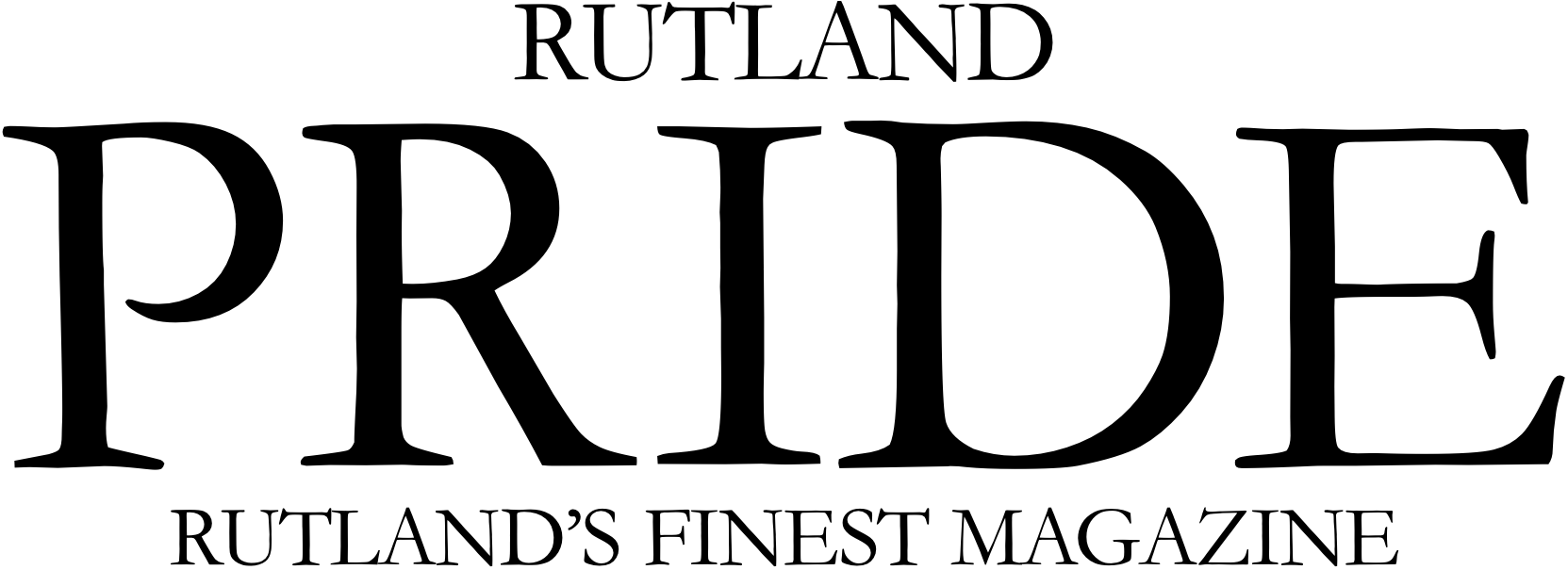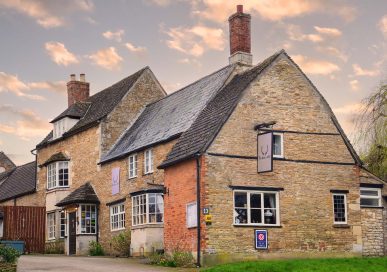Simply Divine
This month we’re looking at a few of the most historically, culturally or architecturally significant churches in Rutland, Stamford and Peterborough…
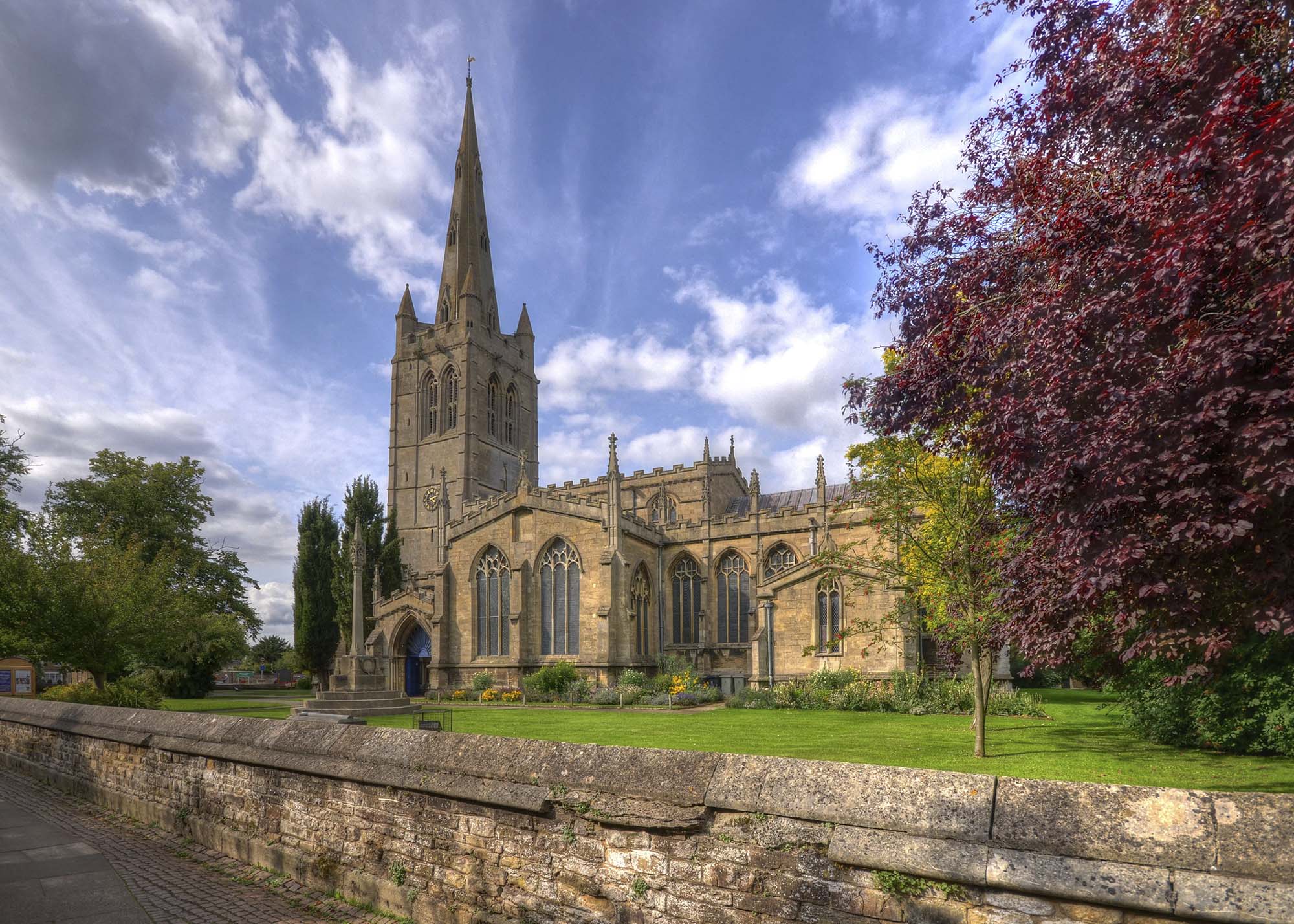
All Saints Church, Oakham…
Together with Oakham Castle and Oakham School, All Saints Church is perhaps the oldest building in the town. The first building on the site dated back to around 1200 but much of the building we see today was the result of a dramatic transformation in the 1400s.
For this reason All Saints is considered to be perpendicular gothic in style – the later of three periods in English Gothic architecture which as its name suggests makes extensive use of both vertical and horizontal designs in the church’s tracery and panelling.
Retained from the original building and dating back to the 13th century are the doorway, porch, and north chapel arcade. The font was also created using original stonework, albeit with a much later timber cover.
The look of All Saints remained largely consistent until the 19th century. That’s because it was in 1857 that George Gilbert Scott was invited to restore the building. Scott was heavily inspired by Pugin who died just before Scott began working in Oakham. At that time he had been working as the lead architect for Westminster Abbey – a role which had been established a couple of hundred year earlier – for eight years.
During his work on Oakham All Saints Scott would also be working to finesse his designs for the government’s Foreign, Commonwealth and Development Office on King Charles Street, construction of which began in 1861.
Scott’s work included creating a new east chancel window, restoration of the porch, new lighting and high quality woodwork parclose screens. He removed the galleries, pews, and renewed the floor. The gables of the chancel and north chapel were taken down and rebuilt, new roofs were erected over the chancel and south chapel, and the roof was restored.
The parish church’s Grade I listed status is justified by Scott’s input into its architecture, but also the intricately designed capitals – animals, birds, figures, foliage and scenes from the Bible – which on the north side are influenced by pagan origins in Christianity such as the ‘Green Man’ which was a pre-Christian symbol of rebirth.
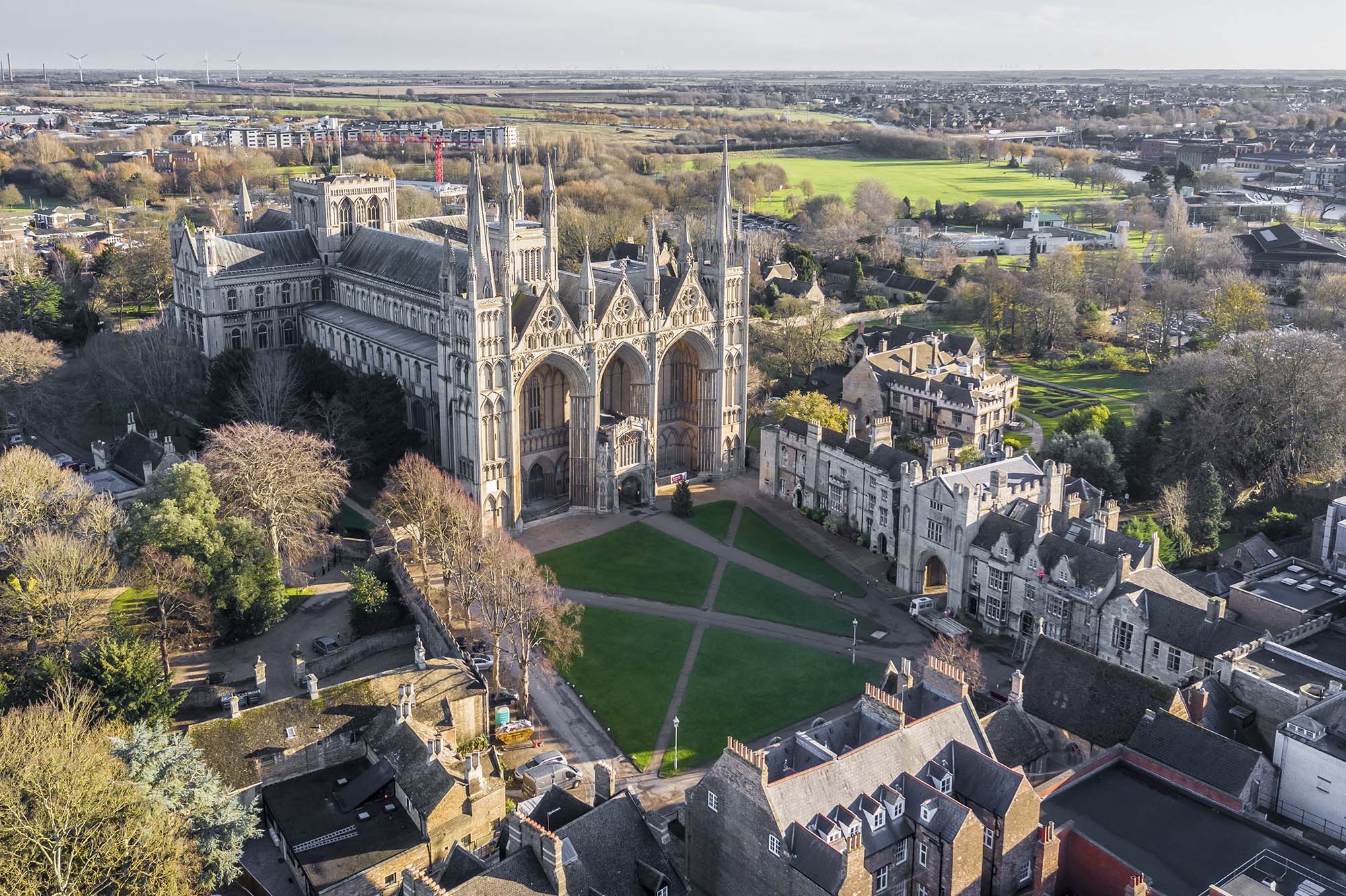
Peterborough Cathedral…
You’ll point out, quite correctly too, that Peterborough Cathedral is located neither in Rutland nor in Stamford. Alright, we admit it. However, we’ll justify this magnificent building’s place in our ecclesiastical chart as it’s the Mother Church of Rutland, because of its historical connections to Tudor England as the burial place of Katherine of Aragon, first wife of Henry VIII… and also because the Cathedral is such a welcoming and inclusive environment.
The team are tremendously forward-thinking in the respect of bringing events into the Cathedral. Recently, Chapterhouse Theatre performed A Christmas Carol in the nave and earlier in 2021 the Cathedral hosted Luke Jerram’s huge scale model of the moon. In 2022, the team is planning a magnificent summer exhibition which will see large-scale dinosaurs unleashed on the public, in the nave, bringing palaeontology to life!
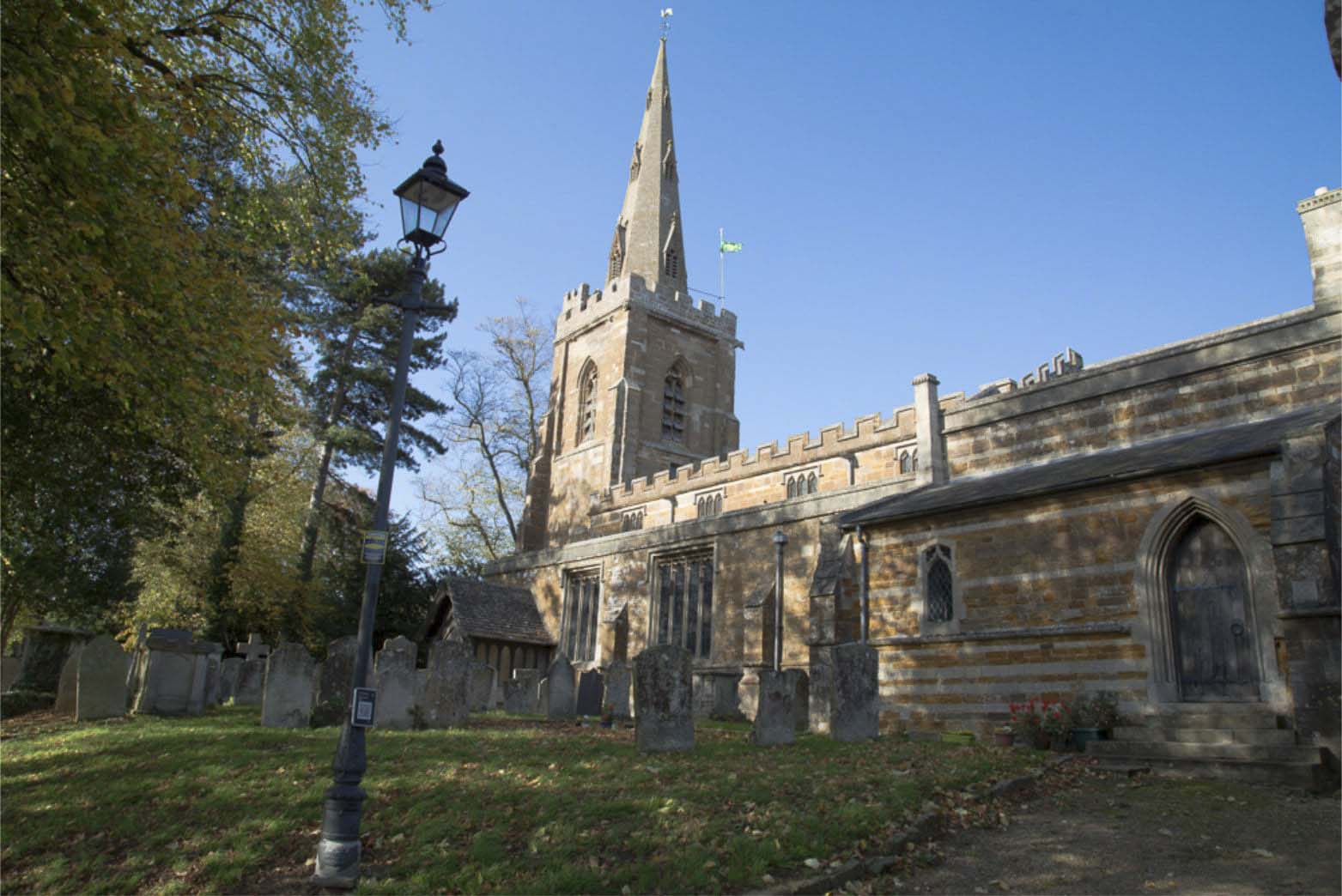
St Peter & St Paul, Uppingham…
In the heart of the town of Uppingham, you can gain access to St Peter and St Paul’s church via its north porch, squeezed between the busy shops, inns and cafés. Most of the church dates back to 14th century although there was a major renovation in 1861.
There are remains of the previous Norman church that once stood where the church is today with two sculptured fragments flanking the doorway. Uppingham church offers a wide range of Sunday and weekday services within the varying Anglican tradition. Uppingham’s church’s place in our list is justified thanks to its pretty architecture, and its four small Norman demi-figures representing Christ blessing, a saint blessing and two angels. They were each rediscovered during work in the C19 and are now placed either side of the south door and the east window of the north chapel.
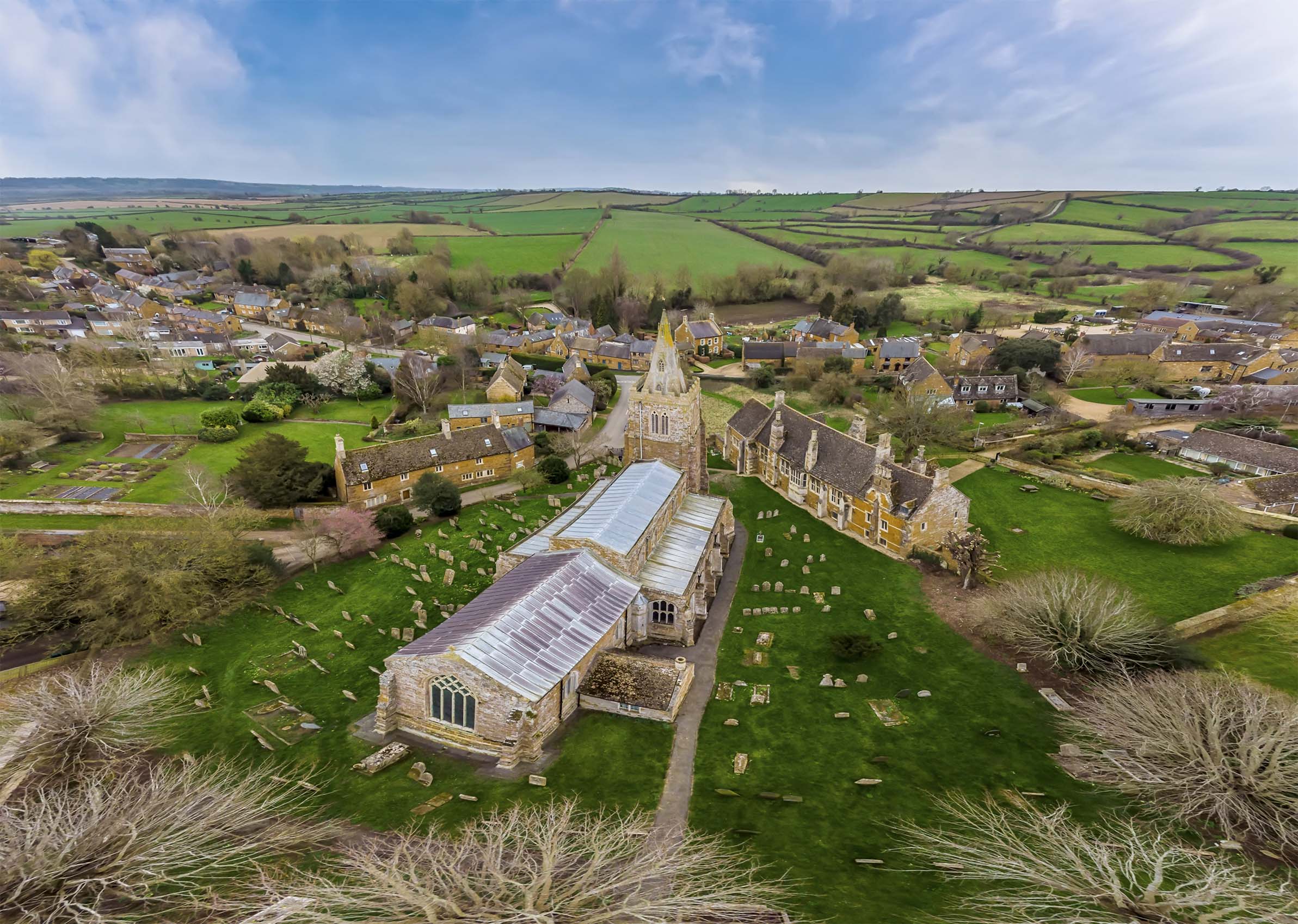
St Andrews Lyddington…
Today, those travelling across the length and breadth of Britain are accustomed to overnight stays in roadside motels. Unfortunately, just after the Norman Conquest, Premier Inns were scarce to say the least. That’s why, just after creating the Diocese of Lincoln – which at the time stretched right down to London – William I also created a series of Bishop’s Palaces, of which 14 remain.
One of those was in Lyddington, and it was used as such until 1547 when it passed to the Crown and then into the possession of the Cecils of Burghley. After that, the building we now know as Lyddington’s Bede House was used as a hospital and later a charitable almshouse until the 1930s.
The adjacent St Andrew’s Church was created in the 1300s on the site of an original building, and has close ties with the Bede House. An unusual feature is acoustic jars in the walls to amplify the priests’ voice.
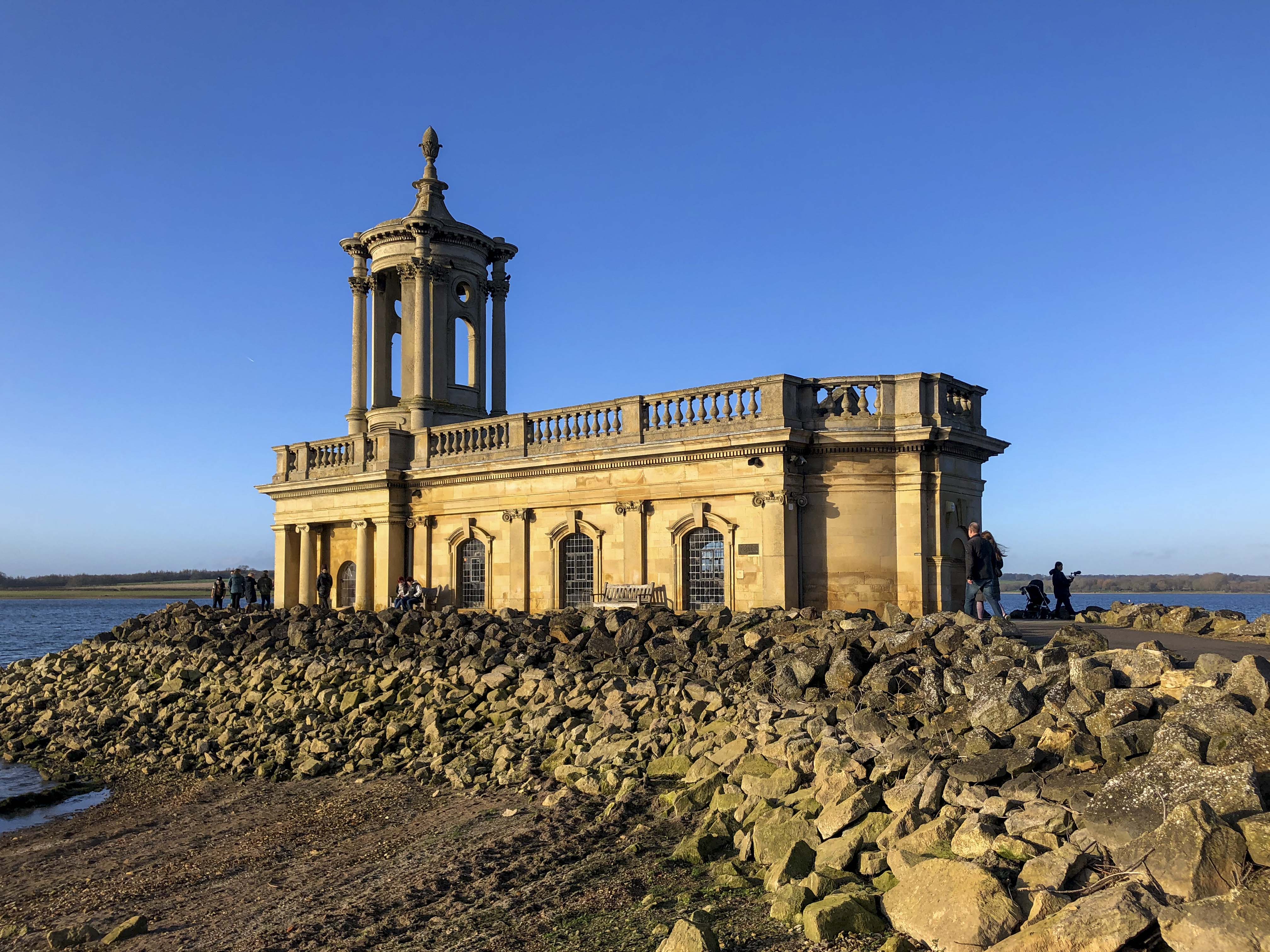
Normanton Church…
It’s the most famous landmark in Rutland, but though everyone knows Normanton Church as such, few realise that its actual name is St Matthew’s Church. The building replaced an earlier structure – perhaps dating from the mid-1500s – and was a parish church right up until the 18th century, whereupon a large area of land around the building was cleared to create a new residence for the wealthy Heathcote Baronets, who relocated the villagers to Empingham.
The family built St Matthew’s as their private chapel and used it until 1920 when they departed the area for Stocken Hall. The church was abandoned until the 1960s, whereupon it was restored and used once again. Its future was threatened by the creation of Rutland Water but locals fought to save it. The building was deconsecrated in 1970.
